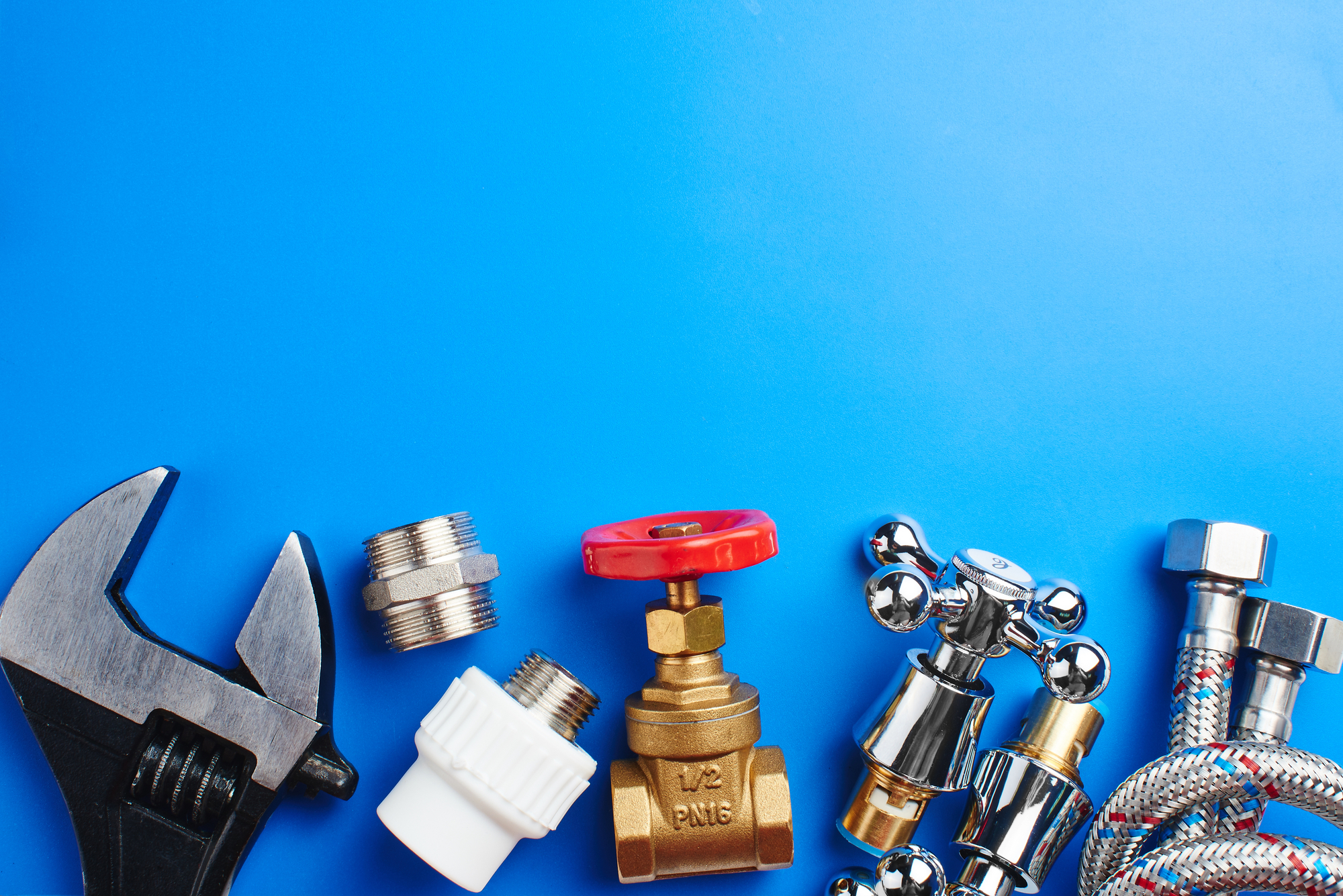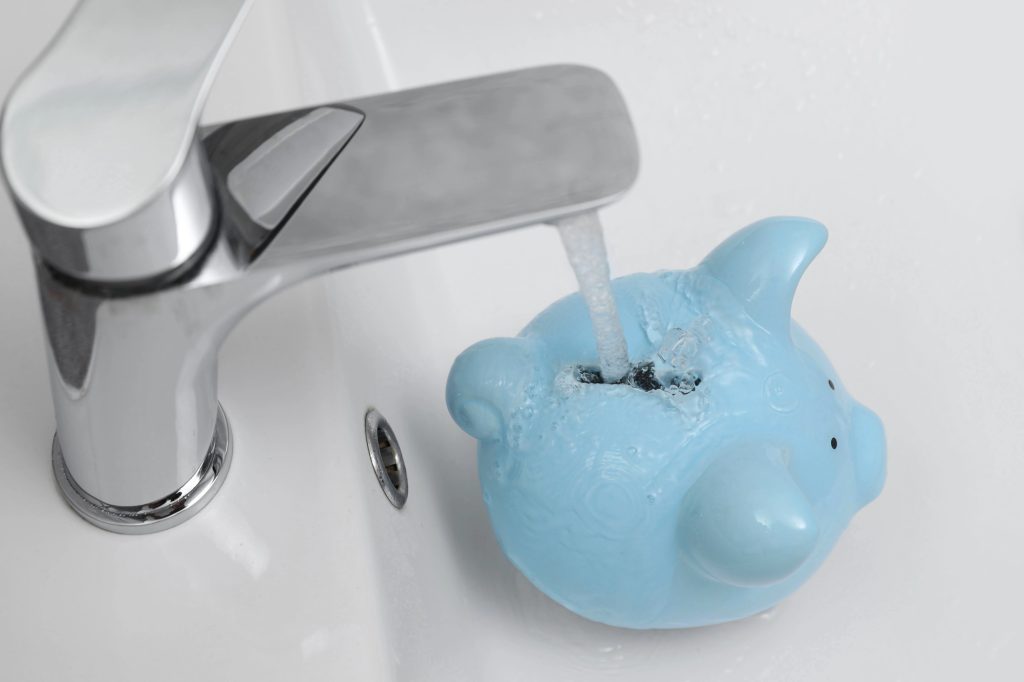The major stages in the evolution of plumbing
February 2nd, 2024
The evolution of plumbing over time has been marked by significant advances that have transformed the way water is conveyed, used, and drained in our homes. Here is an overview of the major stages of this evolution.
Ancient Times:
The earliest forms of plumbing date back to ancient times, with civilizations such as the Romans and Greeks using clay and lead pipes to transport water to public baths, fountains, and residences. The systems were rudimentary but represented an early planned use of water pipes.
Middle Ages:
During the Middle Ages, plumbing progress was more modest. Materials such as lead and wood continued to be used, but design techniques saw few innovations. Installations were often simple and primarily intended for the elites.
Renaissance:
With the Renaissance, engineering experienced a revival. Architects and engineers began designing more sophisticated plumbing systems. The use of copper pipes gained popularity, providing a more durable alternative to lead.
19th Century:
The 19th century witnessed the advent of modern plumbing. The invention of ductile iron pipes allowed for the creation of more efficient sewer networks. The introduction of the mixer tap facilitated water temperature control, enhancing domestic comfort. Plumbing became more accessible as new manufacturing methods were developed.
Early 20th Century:
The invention of copper tubing was one of the most significant advancements in plumbing in the early 20th century. Copper was durable, corrosion-resistant, and easy to work with. Additionally, the introduction of PVC water pipes in the 1930s provided a lightweight and economical alternative.
Second Half of the 20th Century:
The advent of plastics marked the second half of the 20th century. PVC and CPVC pipes became common, offering corrosion resistance and increased durability. Innovations also included low-flow toilets, contributing to water conservation.
21st Century:
Smart plumbing is one of the major trends of the 21st century. Modern plumbing systems integrate sensors, automated valves, and water management devices connected to computer networks. These advances allow for more efficient water management and early detection of leaks.
In conclusion, the evolution of plumbing has been marked by human ingenuity and the adoption of more durable materials. From lead pipes in ancient times to smart plumbing systems in the 21st century, each stage has contributed to improving the efficiency, safety, and durability of plumbing installations in our homes and buildings.




